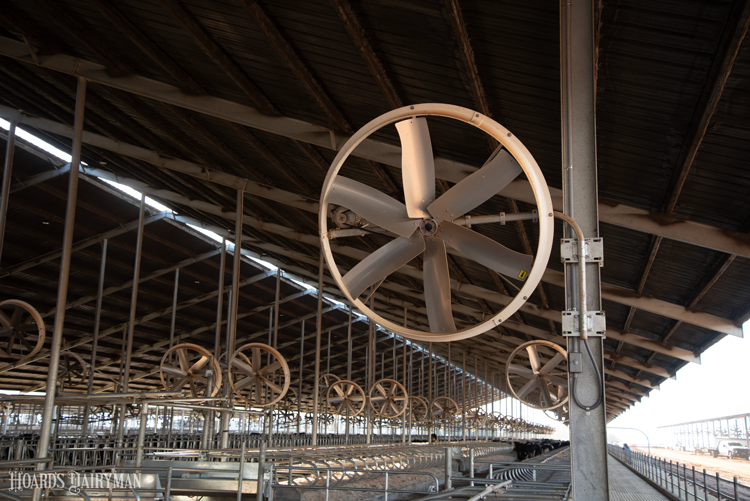
It takes a lot of hours and manpower to run a dairy farm. It also takes a lot of energy.
During the Professional Dairy Producers (PDP) Business Conference held in Wisconsin Dells, Wis., Joel Roltgen, an energy advisor with Wisconsin’s Focus on Energy program, shared five areas where farmers could make adjustments to reduce energy costs.
The lowest hanging fruit, he said, is often lighting. There are many reasons this can be an area of energy savings, with one of the main ones being the sheer wattage reduction that can be obtained by switching to LED lighting. With fewer watts, Roltgen said farmers can still get the same light filling in the barns they like, and some new options provide better light penetration in corners.
The price of LED bulbs has come down in recent years, and he said the payback in some cases can be just one to three years. “Lighting is probably the easiest, quickest bang for your buck you can get on your farm to get that bill down,” Roltgen noted.
Next, he said to look at motors around the farm, from the milk pump to manure handling. He recommended installing variable frequency drive (VFD) motors when possible, as this will typically be worth your while.
“Work closely with an electrician on this,” Roltgen advised. He said VFD motors are a fantastic opportunity to save energy and bring utility bills down, but work with someone who will get them wired and installed correctly.
Fans are another energy draw, especially in tunnel-ventilated or cross-ventilated barns. In terms of pure electrical costs in some barns, fans are going to outstrip all other utility used on farm combined by 50%, Roltgen shared. “Fans are an integral part of cow comfort, but they do take a lot of energy,” he said.
Roltgen advised putting VFDs on fans to slow them down and use energy more efficiently. “It is much more efficient to run all of your fans at half speed than to run half of your fans full out and half turned off,” he explained.
He also recommended that fans be on a regular maintenance and cleaning schedule. “If you don’t keep fans clean, you can lose 20% of efficiency right off the top,” he said.
The fourth area he touched on was dairy equipment, such as plate coolers and milk pumps. Roltgen said one of the largest problems they see in terms of efficiency is farms not having a properly sized plate cooler. As for milk pumps, it is a lack of VFD motors.
Lastly, he talked about heating equipment. He encouraged producers to buy larger commercial units, if possible, rather than less expensive, smaller options. They are more expensive, he noted, but in terms of longevity and efficiency, it makes a big difference.
On a final note, he touched on the overall benefits of general maintenance on equipment. For example, he said to keep motors clean and greased by setting up a regular maintenance schedule. If a motor is running hot, that is wasted energy.
“Keep your equipment as clean as you can,” Roltgen concluded. “It really does make a difference.”








